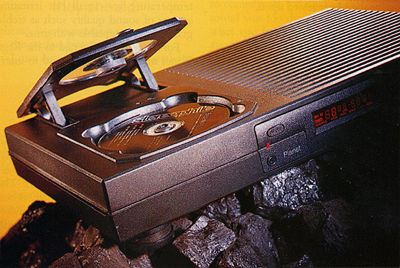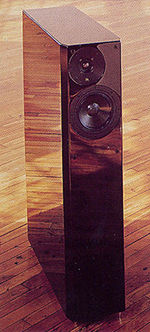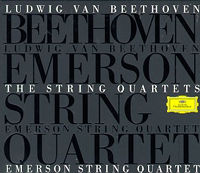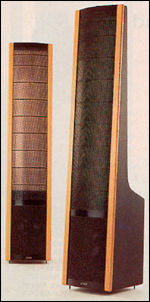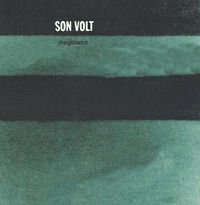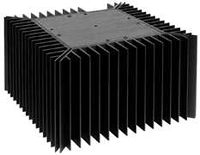Wired!!!
Compuserve's CEAUDIO forum has been buzzing in recent weeks about audio cables. The subject even spilled over into an April meeting of the New York chapter of the Audio Engineering Society (see Wes Phillips's report in this month's "Industry Update"). Nearly two decades after Polk, Fulton, and Monster Cable raised our collective consciousness about the differences cable choice can make in an audio system, the debate still rages between audiophiles and some members of the engineering community. "High-priced tone controls" is how some engineers dismiss the subject of cables, while admitting that they <I>can</I> sound different. Other engineers adopt the "Hard Objectivist" line that if there are differences to be heard between cables, differences in the lumped electrical parameters of resistance (R), inductance (L), and capacitance (C) are all that are required to explain such differences.

